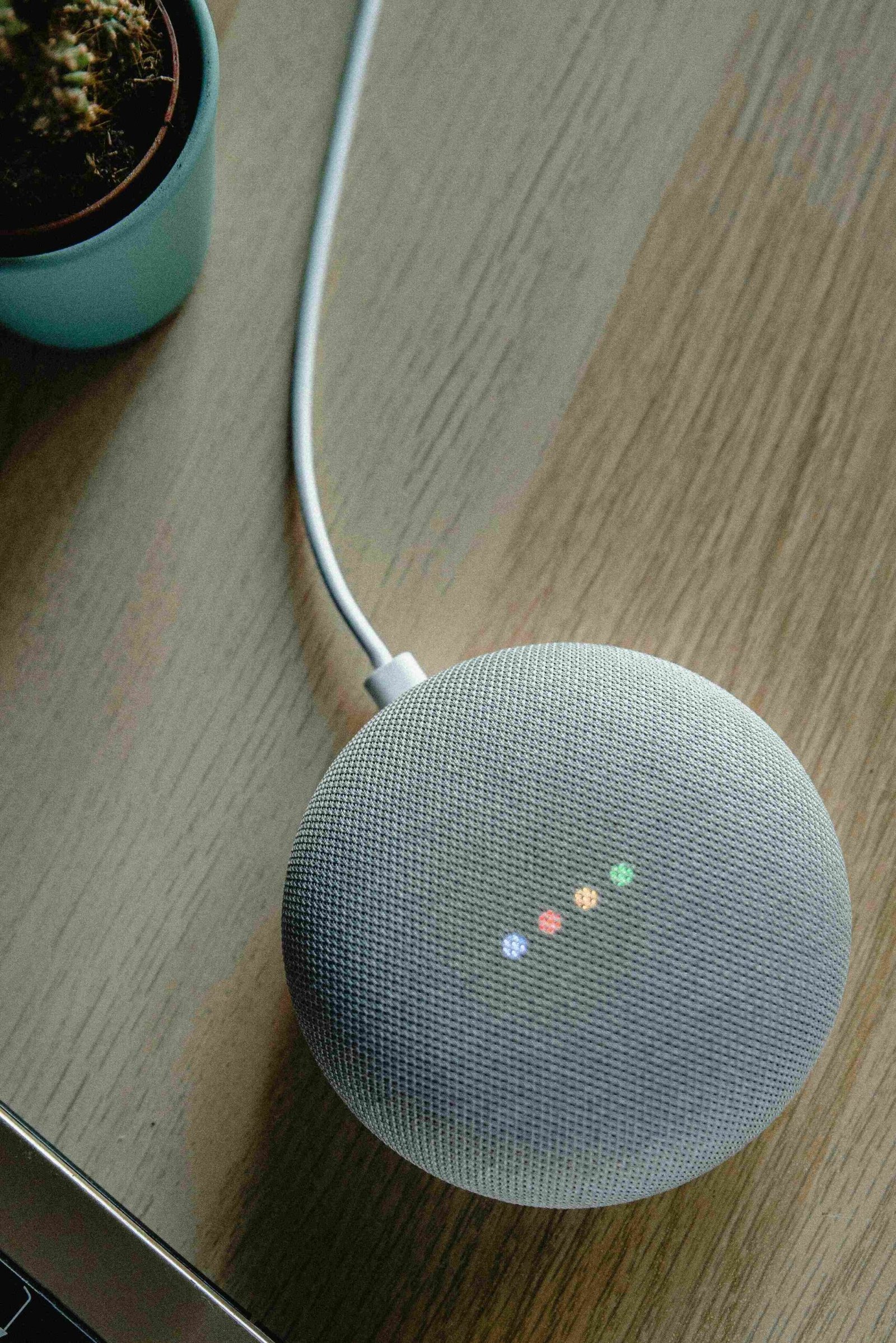Revolutionize Your Smart Home with Voice-Controlled Virtual Assistants
Smart home systems offer unparalleled convenience, letting you control lights, thermostats, and locks with just a tap. But what if you could ditch the app and use your voice instead? Here’s why integrating your home automation system with a virtual assistant is a game-changer.

Hands-Free Control
Imagine walking into a dark room and saying, “Turn on the lights.” Virtual assistants like Google Assistant and Amazon Alexa enable voice-activated control of your smart home. Forget fumbling for your phone or navigating apps – a simple voice command does it all.
Effortless Routines
Set up routines for everyday scenarios. Just saying “goodnight” could turn off the lights, adjust the thermostat for sleep, and lock the doors. “Movie night” could dim the lights, power on the entertainment system, and adjust the blinds for the best viewing experience.
Accessibility for Everyone
Voice control makes smart home features accessible to everyone, including those uncomfortable with smartphones or tablets. From kids adjusting lights to grandparents controlling the thermostat, virtual assistants ensure a user-friendly smart home.
A Multitasking Marvel
While managing your smart home, you can also use your virtual assistant for other tasks, like Play music, get weather updates, or check the news – all without leaving the couch. Virtual assistants are the ultimate multitasking companions for your smart home.
Expanding Functionality
Virtual assistants continually learn new skills and integrate with an expanding range of smart home devices. Control everything from smart sprinklers to robot vacuums with your voice, future-proofing your home for seamless integration of new gadgets.
The Voice of Convenience
Connecting your smart home to a virtual assistant enhances convenience. Voice control is intuitive, effortless, and saves time. Imagine dimming lights for a romantic dinner or adjusting the thermostat while cooking – all without breaking your stride.
Virtual assistants eliminate the hassle of smart home control. With voice commands, you interact with your home naturally, enhancing the overall experience. If you’re ready to unlock your smart home’s full potential, adding a virtual assistant might just be the missing link you’ve been waiting for.



